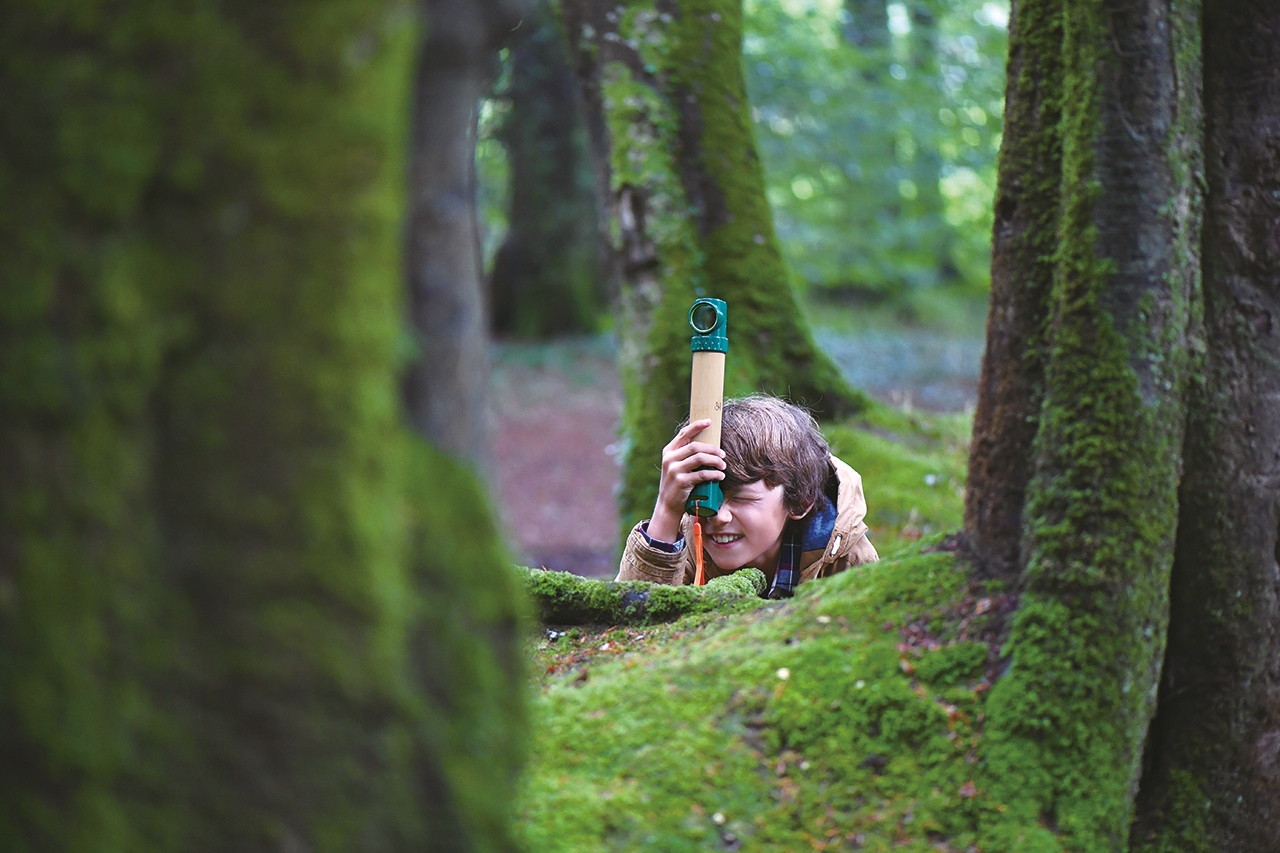18 March 2024
5 min.
When you were little, did you enjoy playing pretend? Maybe you imagined yourself as a superhero, a princess, or a pirate. Maybe you built forts, castles, or spaceships. Whatever you did, you were having fun and being creative.
But did you also know that playing pretend was good for your brain? That’s right, creative play is one of the best ways to boost your child’s cognitive development. Cognitive development is how your child learns new things, thinks about things, and solves problems. And creative play helps your child develop many skills. Here’s a key few:

Problem-solving: Creative play makes your child a better problem-solver because they have to figure out how to do things, like how to build a rocket, how to escape from a dragon, or how to bake a pie – all imaginary, of course! This type of play also makes your child more flexible, because they have to think of different ways to do things and choose the best one.
Critical thinking: When it comes to critical thinking, the role of creative play cannot be overstated. It compels children to question, analyse, and evaluate things, like why a character does something, what a word means, or how something works. This investigative play encourages a deeper sense of curiosity, urging children to venture into new territories of knowledge and possibility.
Memory: Creativity helps to sharpen your child’s memory, as it urges them to recall and apply their knowledge and experiences, such as recognising shapes, colours, and sizes of things, the order of events, and the details of stories. This heightened engagement not only strengthens memory but also enhances focus by requiring them to concentrate on their activities and filter out distractions.
Language: In the realm of language development, creative play is a treasure trove, prompting children to explore and employ new vocabulary, phrases, and concepts. This exploration into the articulation of thoughts, feelings, and ideas, as well as the justification of their reasoning, not only enriches their language skills but also boosts their confidence in sharing their opinions and feelings with others.
Maths: Maths might not seem creative at first glance, but it’s deeply linked to inventive thinking. Doing things that involve counting, measuring, comparing, sorting, and patterning, like how to fit pieces together and how to use numbers and symbols, all sharpen their maths skills. This logical and structured play fosters a more analytical mindset, encouraging children to back their conclusions and choices with logic and evidence.

Creative play is something that your child does naturally and spontaneously, but you can also help them do it better and more often. Here are some tips on how to encourage and support your child’s creative play:
Give them lots of things to play with: Your young one needs different kinds of stuff to play with that spark their imagination and interest. Think beyond traditional toys to include books, art materials, musical instruments, costumes, and even bits of nature. These items should not just be diverse but also designed to encourage open-ended exploration, allowing your child to adapt and reimagine their use in countless ways.
Make a cool place to play: Transform an ordinary space into an extraordinary playground where your child can unleash their creativity. This special spot should have enough space, light, and air, and be free of distractions and interruptions. It should also be segmented into different zones to cater to various play styles and activities, like quiet, loud, messy, or neat.
Join in on the fun: Your child loves having you as their playmate and supporter. As a versatile playmate, you can adopt various roles—be it an enthusiastic participant, a gentle guide, an observant guardian, or a fair mediator. Dive into their imaginary games, offer constructive feedback, keep an eye on their evolving interests, and guide them through the art of conflict resolution and teamwork.
Ask them open-ended questions: Fuel their creativity and critical thinking by asking questions that open doors to new ideas. Open-ended questions are those that have more than one possible answer, and that invite your child to say more, explain more, or justify more. For example, instead of asking “What colour is that?”, ask “Why did you choose that colour?”. Instead of asking “What are you doing?”, ask “How are you doing that?”. This fosters an environment where their thoughts and ideas can flourish.
Celebrate the journey, not the destination: Finally, it’s the process, not just the finished product, that truly matters. Cherish and applaud your child’s creative journey, focusing on the effort and imagination they pour into their play. Recognise their ingenuity and individuality without getting caught up in the perfection of the outcome. By celebrating every step of their creative exploration, you encourage a sense of pride and confidence in their own unique expressions.
Creative play is an awesome and easy way to help your child learn and grow. Beyond traditional paint and paper, it helps your child to develop various skills, like problem-solving, critical thinking, memory, language, and math. It also nurtures their imagination, curiosity, and confidence. By giving your child the right stuff, place, and support, you can foster and enhance their creativity. Creative play is not only good for your child, but also for you, as it allows you to reconnect with your inner child and unleash your own creativity. So, let’s play!
